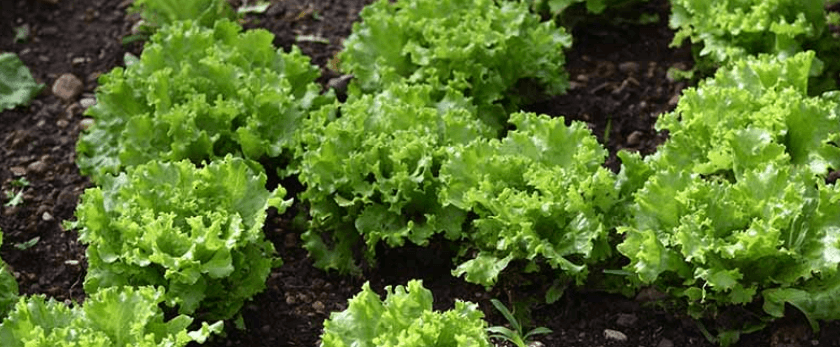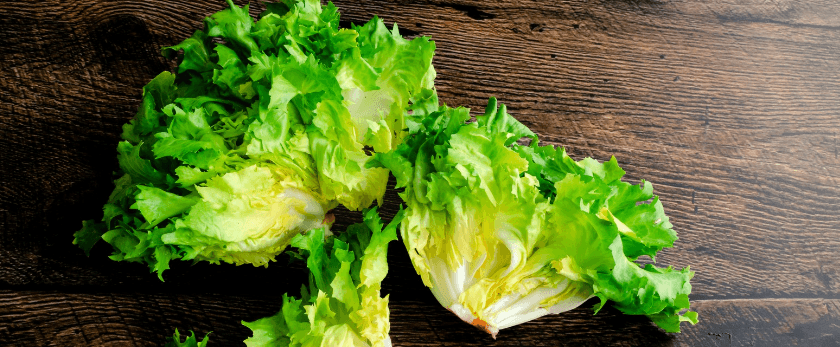Escarole, also known as broad-leaved endive, is a leafy green vegetable that is a member of the chicory family. It has a slightly bitter taste and is often used in salads, soups, and stews. Not only is escarole delicious, but it is also easy to grow and has many health benefits. In this article, we will discuss how to grow escarole in your own garden.
Caring for Escarole
Watering
Escarole needs consistent moisture to thrive, but it is important not to overwater it. The soil should be kept evenly moist, but not waterlogged. Water your escarole plants deeply once or twice a week, depending on the weather and soil conditions. It is best to water in the morning to allow the leaves to dry before nightfall, which can help prevent diseases.
Light
Escarole prefers full sun, but it can also tolerate partial shade. If you live in a hot climate, it is best to provide some shade during the hottest part of the day. If you are growing escarole indoors, make sure it receives at least 6 hours of sunlight per day.
Soil
Escarole grows best in well-draining, fertile soil. It prefers a slightly acidic soil with a pH between 6.0 and 6.8. Before planting, amend your soil with compost or well-rotted manure to provide the necessary nutrients for your escarole plants.
Fertilizer
Escarole is a heavy feeder and requires regular fertilization. You can use a balanced fertilizer, such as a 10-10-10, every 2-3 weeks. Alternatively, you can use organic fertilizers, such as fish emulsion or compost tea, to provide your plants with the necessary nutrients.
Pruning
Escarole does not require much pruning, but you can remove any damaged or yellowing leaves to promote healthy growth. You can also harvest the outer leaves as needed, which will encourage new growth from the center of the plant.

Best Time to Grow Escarole
Escarole is a cool-season crop and is best grown in the spring or fall. It can tolerate light frosts, but it is not frost-resistant. In warmer climates, you can also grow escarole in the winter. It is important to avoid planting escarole in the summer, as the heat can cause it to bolt and become bitter.
Common Problems with Escarole
Escarole is generally a low-maintenance plant, but it can be susceptible to some pests and diseases. Here are some common problems you may encounter when growing escarole and how to prevent or treat them:
- Aphids: These small, soft-bodied insects can suck the sap from your escarole plants, causing stunted growth and yellowing leaves. You can control aphids by spraying your plants with a strong stream of water or using insecticidal soap.
- Cabbage loopers: These green caterpillars can eat holes in your escarole leaves. You can handpick them off your plants or use an organic pesticide, such as Bacillus thuringiensis (BT).
- Fungal diseases: Escarole can be susceptible to fungal diseases, such as powdery mildew and downy mildew. To prevent these diseases, make sure your plants have good air circulation and avoid overhead watering. If your plants do become infected, you can use a fungicide to treat them.
- Bolting: As mentioned earlier, heat can cause escarole to bolt, which means it will produce a tall, flowering stalk and become bitter. To prevent bolting, make sure to plant your escarole in the appropriate season and provide some shade during the hottest part of the day.
Conclusion
Growing escarole is a rewarding experience that can provide you with delicious, nutritious greens for your meals. By following the tips and techniques outlined in this article, you can successfully grow escarole in your own garden. Remember to care for your plants properly, plant them at the right time, and be aware of common problems that may arise. With a little bit of effort, you can enjoy fresh, homegrown escarole all season long. Happy gardening!










